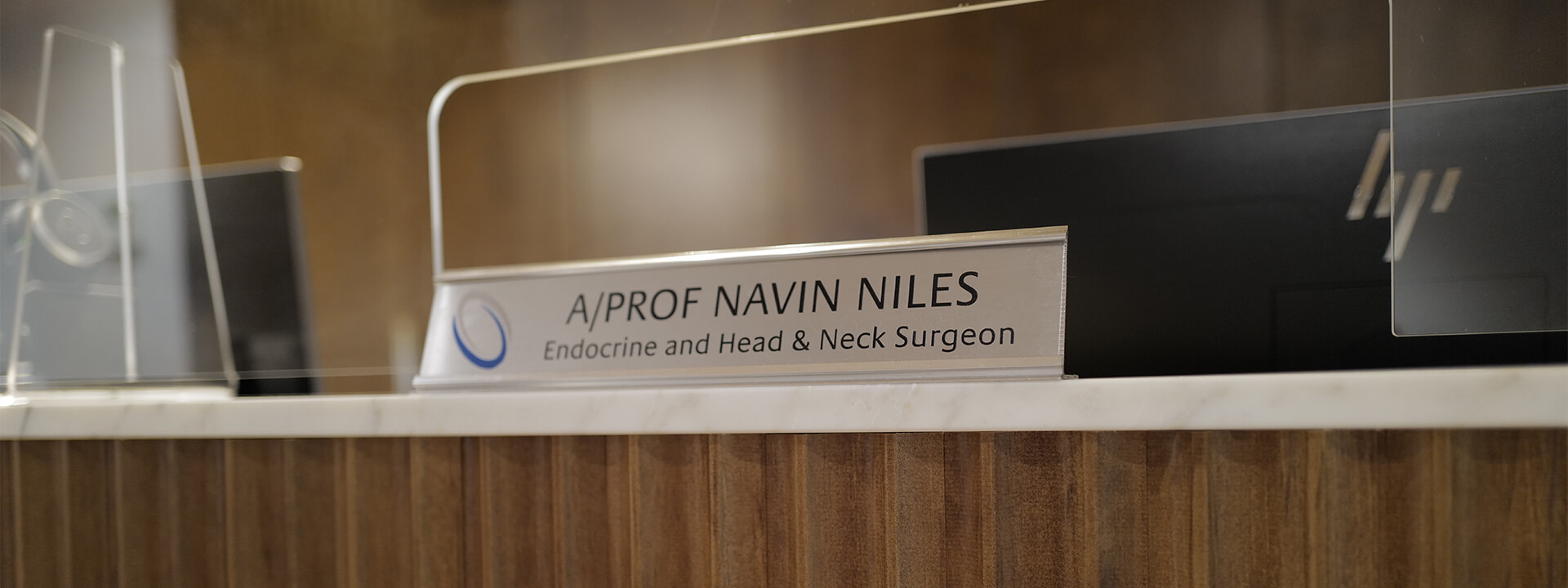How a Fine Needle Aspiration (FNA) Biopsy of Thyroid Nodules Is Performed
Introduction
A fine needle aspiration (FNA) biopsy is a simple, safe, and highly accurate procedure used to evaluate thyroid nodules. It helps determine whether a nodule is benign (non-cancerous) or requires further attention. The procedure can usually be done in an outpatient clinic without the need for general anaesthesia or hospital admission.
Why the Test Is Done
Thyroid nodules are common, and most are benign. However, a small percentage may represent thyroid cancer or other thyroid disorders. An FNA biopsy provides valuable cytological information to guide diagnosis and treatment. It is often recommended if:
• A nodule is larger than 1 cm or has suspicious ultrasound features
• There is a history of radiation exposure or thyroid cancer in the family
• The nodule has increased in size over time
Preparation for the Procedure
Very little preparation is needed. Patients can usually eat and take their regular medications before the biopsy. It is advisable to avoid blood-thinning medication such as aspirin or warfarin for several days before the test, as these can increase bruising. The doctor will explain the procedure and obtain informed consent.
Step-by-Step Procedure
1. Ultrasound Guidance
The procedure is performed under ultrasound guidance to ensure precision. The patient lies on their back with the neck slightly extended. The sonographer or surgeon uses an ultrasound probe to locate the nodule and determine the safest point of entry.
2. Skin Cleaning and Local Anaesthetic
The skin over the thyroid is cleaned with antiseptic solution. In many cases, a local anaesthetic is injected to numb the skin and deeper tissues, although some operators perform FNA without anaesthetic since the needle is extremely fine and the discomfort minimal.
3. Needle Insertion
A fine needle—typically 25 or 27 gauge—is inserted through the skin into the thyroid nodule under continuous ultrasound monitoring. Gentle suction is applied using a syringe to aspirate cells from the nodule. The patient may feel mild pressure but rarely significant pain.
4. Multiple Passes
Usually, two to four passes are made to collect enough cellular material from different parts of the nodule. Each sample is placed onto a glass slide or into a preservative solution for cytological analysis.
5. Sample Handling
The slides are labeled and sent to a cytopathology laboratory. A specialist pathologist examines the samples under a microscope and classifies them according to the Bethesda System for Reporting Thyroid Cytopathology, which helps guide further management.
After the Procedure
After the biopsy, a small adhesive bandage is placed on the puncture site. Patients can usually return to normal activities immediately. Mild tenderness, bruising, or a small lump may occur but settles within a few days. Applying gentle pressure and using an ice pack can help.
If severe pain, swelling, or difficulty breathing develops—though extremely rare—medical attention should be sought immediately.
Risks and Complications
FNA of the thyroid is a very safe procedure. Complications are rare and usually minor. These may include:
• Mild pain or bruising
• Small haematoma (bleeding under the skin)
• Temporary hoarseness (rare)
• Infection (very rare)
There is no risk of spreading cancer cells through the needle tract.
Understanding the Results
Results are generally available within a few days. Cytology findings are reported using the Bethesda classification, ranging from benign, indeterminate, or suspicious, to malignant. Depending on the result, your surgeon or endocrinologist will discuss:
• Observation and follow-up with repeat ultrasound
• Repeat FNA if the result is inconclusive
• Surgery if malignancy is suspected
Conclusion
Fine needle aspiration biopsy is an essential diagnostic tool for evaluating thyroid nodules. It is safe, accurate, and minimally invasive, allowing most patients to continue their normal activities immediately afterward. By guiding treatment decisions, FNA plays a crucial role in the modern management of thyroid disease.
